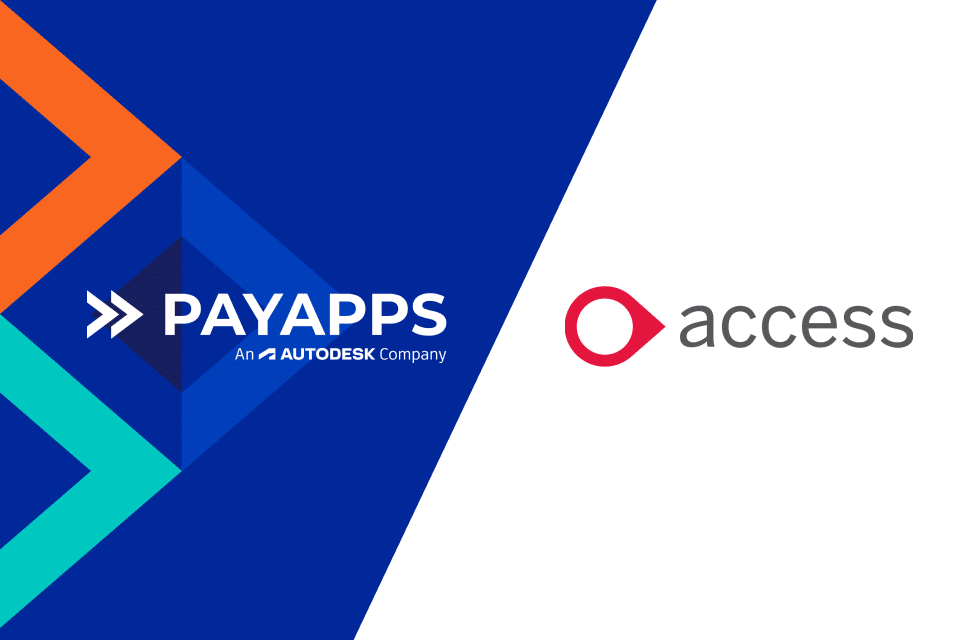To many in the construction industry, late payment is a necessary evil. We almost take it for granted that some companies will insist on long payment periods in an attempt to bolster their own cash flow position. As we covered in the last (blog), cash is king.
But what is not commonly understood, is that this approach actually adds to the cost of delivering construction projects.

The hidden cost of late payment
Back in 2015, Construction News ran a survey of 100 members of the construction supply chain, with some interesting results:
– On average, 4% is added to prices by subcontractors to cover late payment – creating an additional hidden and unaddressed layer of cost to project delivery.
– If main contractors paid promptly – in under 30 days – the surveyed subcontractors said they would discount their prices by an average of 2.35%.
As a result, many subcontractors have responded by inflating their tender prices to cover the costs they incur when their clients pay late. Staff spend additional time chasing payment, and a business has to finance the shortfall in its cash-flow by other means.
Small wonder, therefore, that they build an allowance for late payment into their tender prices.
In short, construction cost savings and improved margins could be achieved by more rapid settlement of invoices.
Time to digitise
We – along with 60% of the survey respondents – believe that ‘digitising’ construction payment would be beneficial. As the industry is digitising, optimising and integrating collaborative design and construction processes (through BIM, etc), why isn’t it simultaneously digitising payment?
It seems anachronistic that we can manage complex 21st-century logistical challenges including off-site fabrication and just-in-time delivery, but many suppliers are victims of archaic construction payment practices redolent of the pre-Latham 1980s.
The industry has come a long way since then. After Latham, we had the Egan Report “Rethinking Construction”, we had the 2012 Construction Commitments, the Wolstenholme Report , “Construction 2025” and “The Farmer Review“. There’s been no shortage of good intention.
However, there are groups taking action. Since its foundation, Constructing Excellence has been a strong advocate of integrated working, and its calls for, alongside other things, adoption of common systems and processes and modern commercial arrangements echo what we champion here at Payapps.
Such improvements are also being championed by the Electrical Contractors Association (ECA). Rob Driscoll, Director of Legal & Business at ECA, has said, “An online payment management system would resolve the problem of how to implement and manage payment processes, making monitoring payment performance transparent and easily accessible.”
Expedite payment: add value
While the UK has raced ahead with its BIM adoption drive, a quiet revolution has been occurring in the US relating to payment management; streamlining and automating large parts of their payment processes
Micah Cunningham, a Project Manager with Ridgemont Construction in Texas describes the processes prior to digitising payment processes:
“Our process was heavily paper-based. Contractors would submit (payment applications) via email or fax, a non-standardized invoice. Our Accounting Team would then analyze these to ensure things like contract value, approved change orders, and prior billing amounts were correct. Once confirmed, this invoice would then be input into our accruing system manually and then routed to the project team. Once approved, invoices would then be posted and paid unless other issues were identified. Many times, the subcontractor invoices were illegible, had math errors, or non-compliant change-orders (variations)”.
Cunningham described the process as “very difficult and tedious to get updated information.”
According to Cunningham, one of the most surprising things that came from digitising payment processes was the speed of processing invoices – “We anticipated greater efficiency, but due to the ease of the system and the electronic processing methodology provided, we are accurately processing subcontractor invoices much faster than anyone anticipated.”
It’s not just speed that’s a benefit here. Now, a Project Manager can quickly access and analyze the exact contract requirements on demand. The office team at Ridgemont continues the management of this compliance information while the project teams have immediate access to these requirements at any time. Ridgemont is currently taking advantage of an option to prevent subcontract invoicing if compliance issues exist.
The response from the subcontractor community has also been positive. Cunningham explains, “Our subcontractors find this new (digital) process simple and wish we had implemented it earlier! It’s making it a lot easier for everyone to invoice. They like the intuitive interface, and the training gets everyone on board and using the product within hours.”
Cunningham summed up Ridgemont executive management thoughts: “We see this as a great tool for risk mitigation.”
Forward-thinking UK contractors are realising the benefits of digital payment
Productivity gains at GF Tomlinson
Associate Director (Commercial) at GF Tomlinson, Andrew Foster, highlighted the problem inherent in the manual payment process, “You put your trust in the subcontractor, but things can fall into a trap when information is late, incorrect or missing.”
Since migrating to digital payment processes, Managing Surveyor, Carl Wiltshire noted that; “The process of assessing payments, and issuing payment notices, has been cut by around 50%.”
Using digital processes to fuel growth at Torsion
Jon Carter, the forward-thinking Group Commercial Director at Torsion states, “Certain things, like processing valuations and administering payment notices – there is a need for consistency; a single way of doing things that will make us better.”
Experiencing a 50% increase in profit over 2017 has created an internal drive for consistency and sustainability. Jon recognised the business risks associated with growth and the need for streamlined processes, internally and externally.
“As we grow with more staff coming in, a more consistent way of operating is required. We were in the traditional exercise of email, even hard copies of applications coming through the post, then manually inputting into domestic spreadsheets.”
Torsion have experienced a significant increase in efficiency across key areas of the business. Carter continued, ”Our commercial managers have more confidence now that they have visibility of checks and balances. Personally, I like to make sure that things are compliant and consistent, and that we have addressed everything we need to.”
Summary
While late payment is one of the most significant issues facing UK subcontractors, our global experience shows that it can be tackled. These examples suggest that significant benefits can be achieved by forward-looking UK construction businesses that in turn could help add value to their construction industry clients, helping achieve the targets set out in ‘Construction 2025’.





